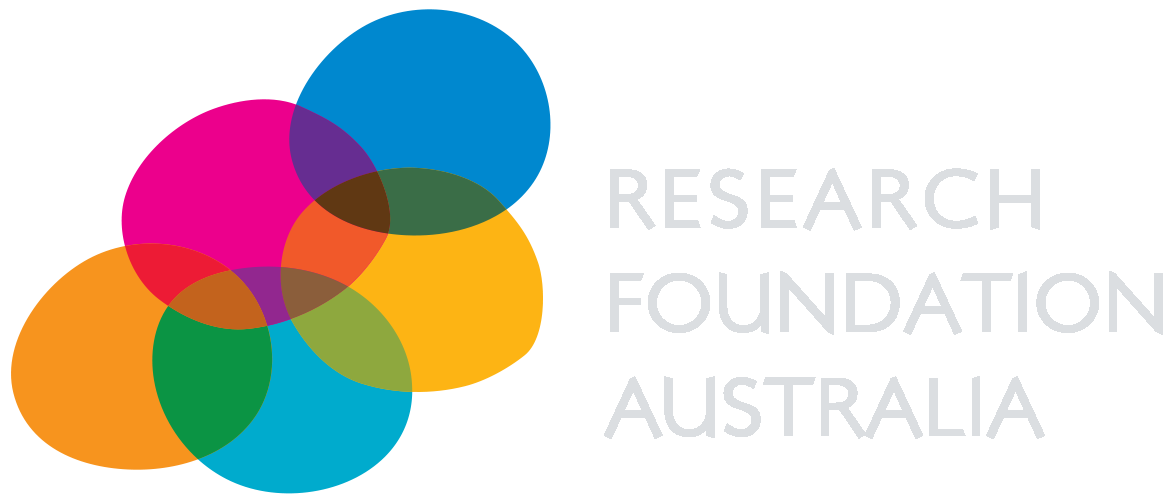What is sleep apnea?
Sleep apnea is a condition where breathing stops for a short period during sleep. The condition can be repeated hundreds of times every night, causing reduced quality of sleep and having an impact on cognitive function and behaviour. Sleep apnea is common in PWS, with around 80% of children who have PWS thought to be affected with varying severity.
As the people most familiar with sleep patterns and behaviours, parents are the most likely people to be able to detect possible sleep apnea in children with PWS. There are simple ways to detect the possibility of sleep apnea. By being aware of this sleep disorder, parents may be able to seek early treatment for sleep apnea, initiate lifestyle interventions and have a positive impact on other aspects of their child's wellbeing.
Why is sleep apnea more prevalent in people with PWS?
Several aspects of PWS may impact on the prevalence of sleep apnea:
- Poor muscle tone in PWS can reduce breathing control.
- If obesity is present, fat deposits may restrict breathing circulation by reducing lung volume and narrowing the upper airway.
- Sleep apnea is more common in children with PWS than adults. This may be due to enlargement of soft tissues around upper airways which occurs at a young age, particularly from the ages of 2 to 8 years old.
- Growth hormone therapy is a common treatment in PWS to improve mobility and behaviour. It has been reported that a small number of people taking growth hormone for PWS symptoms may develop sleep apnea after starting treatment.
Paying attention to sleep apnea symptoms or routinely scheduling sleep studies can help to avoid or minimise sleep apnea.
How does sleep apnea affect people?
When people have sleep apnea, they will have fragmented sleep. This happens because when something blocks our breathing, the brain wakes the body up. In sleep apnea, the phenomenon is generally caused by the muscles in the back of the throat relaxing and narrowing the airway, causing the brain to sense this difficulty in breathing and briefly wake the person. It happens randomly and in short intervals throughout the night, so most people do not realise it is occurring although they may be briefly awakened between 5 - 30 times each hour.
Sleep apnea is associated as a risk factor for many health problems, including high blood pressure, cardiovascular problems and diabetes. Moreover, in children who have PWS it can impact on cognitive function, behaviour and management of depression or anxiety.
How can we detect sleep apnea?
The easiest way to detect sleep apnea is by listening to the person sleep. When people are tired or in a deep sleep phase, it is common to snore. However, a person who has sleep apnea will snore louder and have little to no rhythm due to the blocking of the airway. Other signs of sleep apnea can be sounds of choking or gasping during sleep.
If the signs above are heard in someone with PWS, parents or carers should consult with an appropriate healthcare professional such as their general practitioner. The common way to medically diagnose sleep apnea is by doing an overnight sleep study (polysomnography). This test records brain waves, blood oxygen level, heart rate, breathing and eye or leg movements during sleep. It is usually done in a hospital or sleep centre, but some clinics may also provide wireless devices so the test can be performed at home.
There are two types of sleep apnea which will be considered by the healthcare professional - obstructive sleep apnea (OSA) which occurs if there is a blockage in the upper respiratory tract during sleep, and central sleep apnea (CSA) which is less common and caused by lack of respiratory control.
What can we do to avoid or reduce the impact of sleep apnea?
If you're concerned that your child may have sleep apnea, we recommend that you discuss with an appropriate healthcare professional. However, there are some sleep tips that can be followed which may help to avoid or reduce the impact of sleep apnea:
Stick to a sleep schedule
At least 7 hours of sleep per night is recommended, with a regular bedtime.
Try to establish a comfortable sleep environment
This may include quiet, warm temperature, comfortable bed and/or limited lighting in the bedroom. It may be better to remove the television, computer, radio and telephone which can all cause distractions.
Establish relaxing bedtime rituals
Bedtime rituals could be listening to slow music, reading, warm baths or small warm drinks. Trial different rituals to determine what works best for the person involved.
Activities during the daytime
As well as being beneficial for managing other symptoms of PWS, exercise and outdoor activities can also help to improve the quality of sleep
Sleeping on one side of the body and losing weight can avoid or reduce sleep apnea
Things to avoid
Avoid screen-based activities like computer games or watching television which may reduce a sleep-promoting hormone called melatonin. Avoiding consuming caffeine at least 4 hours before sleep is also recommended. Although excessive sleepiness during the day can occur with PWS, daytime naps can increase the difficulty of sleeping at night. Parents and caregivers should consider the balance between daytime naps and night-time sleep.
While sleep apnea is common in children who have PWS, early detection by parents combined with simple lifestyle changes can assist in managing this condition and positively impact on quality of sleep and wellbeing.
This post was written by four University of Melbourne science communication students, Jessica, Jinia, Elena and Frances. Each is a Masters-level research active science student and undertook this work under the guidance of their course coordinator Dr Jenny Martin and our volunteer director of science communication Melanie Carew. You can read more about the University of Melbourne Science Communication subject here.
